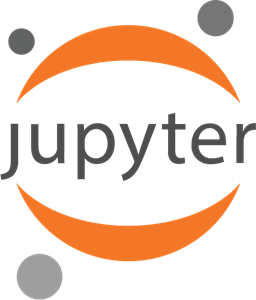Add Github OAuth and TLS encryption to your project
Deploy From GitHub
Connect your repo and start deploying.
Previews and Rollbacks
Test your project before launch.
Automated Deployments
Push new commits and see them auto-deploy.
All Frameworks Supported
React, Next, Rails, Laravel, Streamlit and more.
Compatible with Your Infra
We are built on Kubernetes so flexibility is not an issue.
Launch a Database
Deploy databases from our catalog.
Get started with your favorite stack
Deploy your project now, for free.
- Cross OAuth & TLS off your to-do list
- Auto-deployments, previews & rollbacks
- Every language supported
- Migrate from Gimlet anytime








